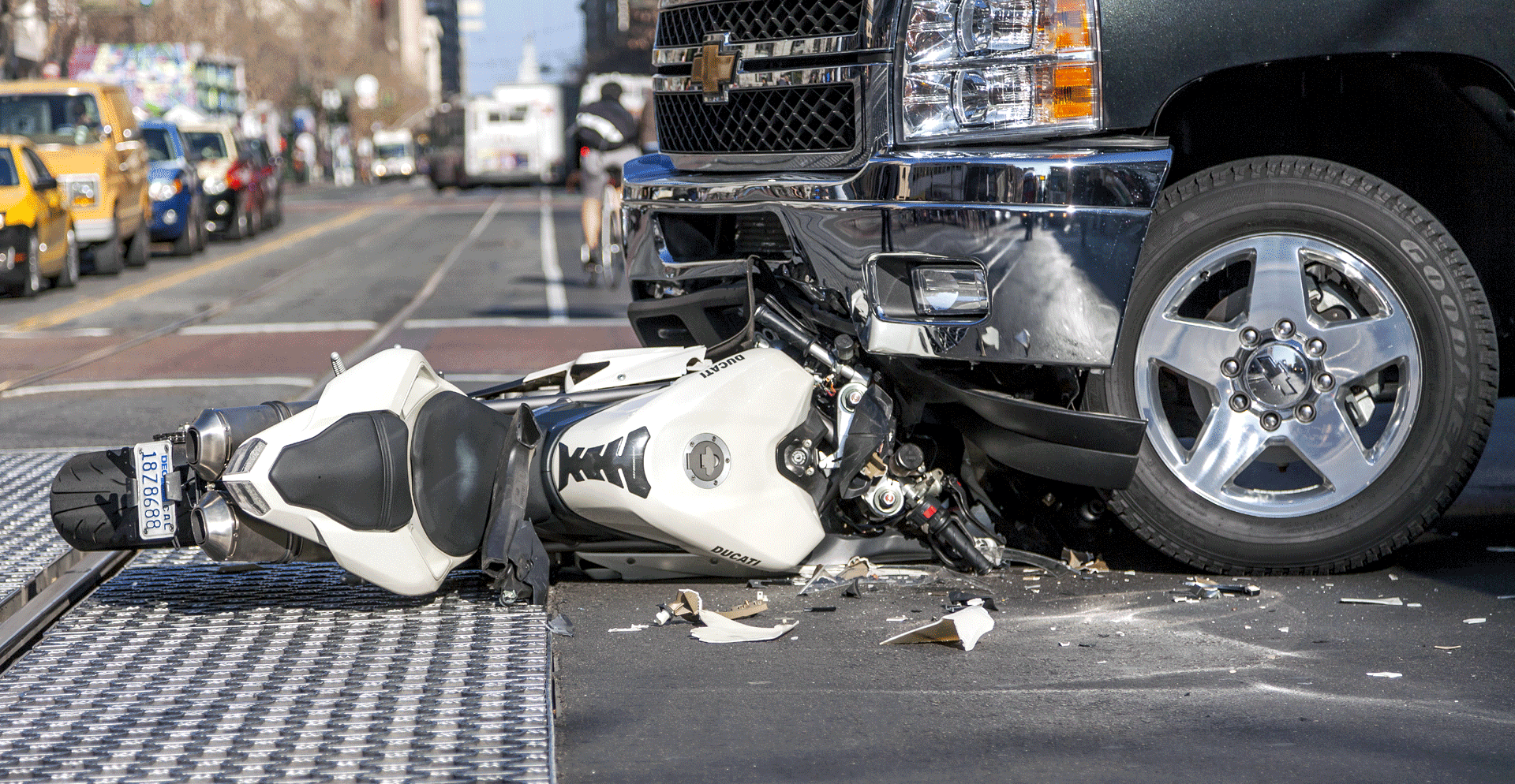PHOENIX PERSONAL INJURY CASES
Overview of the Litigation Process
The following information identifies the steps that are followed once a lawsuit has been filed in the Maricopa County Superior Court. Different jurisdictions have slightly different time frame, so the time frame on your case may be slightly shorter or longer than described below.
1. Service of Process
Once a lawsuit has been filed with the court, a process server must personally serve the named defendant (person at-fault for the collision) with copies of the documents that were filed with the court in order to establish your lawsuit (Summons, Complaint, Certificate Re: Compulsory Arbitration). Typically, process servers are able to serve a defendant within a couple of weeks of filing a lawsuit; however, sometimes it takes significantly longer to track down a defendant. The court gives a party 90 days to find the defendant and serve the defendant.
2. Defendant Files an Answer
Once the defendant is “served,” the defendant is given 20 days to review the lawsuit and file an Answer with the court. Typically, the Answer denies everything of value alleged in a Complaint, including any knowledge that a collision occurred, followed by a page or so of boilerplate defenses, which may or may not apply to the facts of the case. In most instances, very little time and attention is spent preparing an Answer and most of the contents of an Answer is simply posturing by defense counsel and the content of which will have little to no bearing upon the lawsuit.
Every now and then, a defendant fails to file an Answer within the allotted time. When this occurs, the party that filed the lawsuit needs to file an application with the court to have a “default” entered against the tardy defendant. The defendant is then granted an additional 10 days to file his/her/their Answer with the court. If the Answer is then filed, the case moves forward into the third stage of the litigation process. If the defendant still fails to file an Answer (which almost never occurs), a default is entered against the defendant and the case is then set for a hearing before a judge in order to determine the extent of the damages sustained by the plaintiff (you). After the hearing, a judgment is entered against the defendant and the matter is closed.
3. If an Answer Is Filed
Early Meeting Conference . After an Answer is filed, the parties are required to meet and confer within 30 days of an Answer being filed, or within 120 days after the action commences to discuss the course of the case, the proper tier of the case, anticipated motions, anticipated experts, and joint report subjects (scheduling deadlines). If the case is worth less than $50,000.00, the parties must file an Early Meeting Report with the court. If the case is worth more than $50,000.00, the parties must prepare and submit a Joint Report and a Proposed Scheduling Order for the court’s consideration.
Discovery . After the Early Meeting Conference, the parties move into the “discovery” phase of the case. In the discovery phase, the parties exchange information about their respective positions on the case. This is the longest stretch of the case and it can last for months or years, depending upon the complexity of the case, and the case’s designated “tier.” Tier 1 cases (matters that are worth less than $50,000) get 120 days to complete the discovery phase. Tier 2 cases (matters that are worth between $50,000 and $300,000) get 180 days to complete the discovery phase. Tier 3 cases (matters that are worth over $300,000) get 240 days to complete the discovery phase. In most occasions, a judge will grant an extension of these deadlines for good cause.
40 days after the Answer is filed, the parties must exchange “disclosure statements.” Contained within the disclosure statement are the following items:
- The facts that support each party’s position
- The law that supports each party’s position
- Each party’s list of witnesses
- Each party’s list of exhibits
- Each party’s damages (harm suffered/losses/etc.)
Additionally, the discovery phase also involves the opportunity to request specific information from the opposing party. This is accomplished through the use of questionnaires (uniform and non-uniform interrogatories/requests for production of documents/requests for admission) or through depositions. There are specific deadlines associated with different discovery requests, but most require a written response within a 30 day period. A deposition is a proceeding where opposing counsel asks oral questions of a party (you) or a witness. The deposition is made under oath and the matter is recorded by a court reporter.
4. Once Discovery Is Complete: Two Tracks
There are two roads that cases follow at the completion of discovery. One road leads the case into an “arbitration hearing.” The other road leads the case towards a “jury trial.” The road taken is dependent upon the case value. If the case is worth less than $50,000, it will be placed on the arbitration track. If it is worth more than $50,000, it will be placed on the trial track.
Arbitration Track . Once the parties are prepared to move forward, the case will be set for an arbitration hearing. The arbitration hearing is supervised by an attorney (the “arbitrator”) that is appointed by the court to oversee the hearing. The arbitrator is not affiliated with either party to the lawsuit. The arbitrator has the power of a judge during the hearing. The arbitration hearing is a less formal proceeding (compared to a jury trial). The hearing consists of each party calling their witnesses to testify regarding the events that were involved in the matter. At the conclusion of the hearing, the arbitrator will make a decision and determine which party has prevailed on the case. If neither party appeals the decision of the arbitrator, a final judgment is entered and the case comes to an end. However, if either party appeals the decision, the case goes to the jury trial track and the matter is set for a full jury trial.
Jury Trial Track . The parties will meet with the judge assigned to the case and prepare a schedule of deadlines (based upon the parties’ submission of a proposed scheduling order). This typically includes a future date in which to establish a firm trial date (the date in which the matter will be tried before a jury).
5. Mediation and/or Settlement Conference
Parties are typically required to participate in a mediation or a settlement conference before the case may proceed to a jury trial. A mediation is an opportunity for the parties to meet and attempt to settle the case, short of trial. The parties retain a private mediator (an attorney hand-picked by the parties) or the court can appoint a settlement conference judge for the parties (if the parties are unable to agree upon a mediator or don’t want to incur the costs of hiring a private mediator). The mediator or settlement conference judge will then attempt to negotiate a settlement between the parties through a mediation/settlement conference. A mediation/settlement conference is a proceeding in which all of the parties are located within the same office (more recently these are handled via zoom), but the parties are separated into different rooms. The mediator/settlement conference judge then moves between the rooms and attempts to get the parties to agree to a settlement amount. If successful, the mediator/settlement conference judge creates a memorandum of agreement (a document that memorializes the terms of the settlement) and the case is closed.
6. Jury Trial
If the parties have participated in either an arbitration hearing, a mediation, or a settlement conference, and the case did not settle, the last option to resolve a case is a jury trial.
The information contained above is a simple outline of the legal process once a lawsuit has been filed. There are other steps that have been left out; however, this outline hopes to provide you with a basic idea as to how this matter will proceed and the possible time frames associated with each step of the process.







